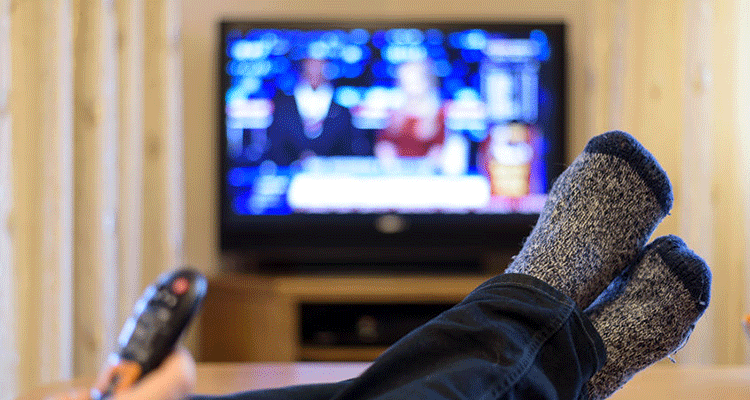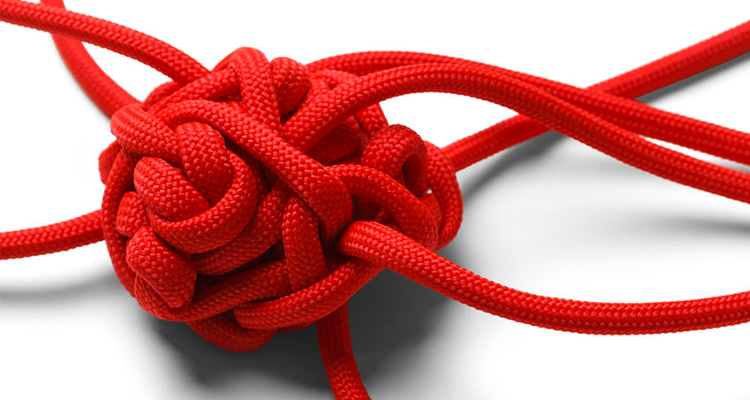The Joys of Cable
 Some topics, when you review them every couple of years, you come to realize that the more things change, the more they stay the same. I remember all the prognostication ten years ago about cable cutters and the death of TV. Being me, I always took a more pragmatic, some might even say cynical, view.
Some topics, when you review them every couple of years, you come to realize that the more things change, the more they stay the same. I remember all the prognostication ten years ago about cable cutters and the death of TV. Being me, I always took a more pragmatic, some might even say cynical, view.
Fast forward to today and if anything, there are more options for content than ever, before you even start adding in the streaming services. It’s a natural consequence of what happens when the cable companies started offering internet and the internet companies started offering cable. The end result of all that choice is that since your clients are getting their TV from somewhere, that means that AV pros have the joy of having to stay on top of how to control all these possible sources.
Personally I’ve had the singular joy of dealing with two different broadcast providers to my home in a relatively short period of time, and by extension, their boxes.
As the saying goes, “every solution has two problems.” But I’ll tell you that can be an optimistic assessment. I had our old Shaw HD-PVRs nicely integrated by my control system. They were old, pushing ten years, and in no way could they be called “smart” devices. That made it easy to control them.
The “upgrade” (and I use that term loosely) to Shaw’s Blue Sky boxes introduced new features that, at least at the time, couldn’t be controlled by a third-party. Fine.
In the end, it became moot, because we switched from Shaw to TELUS for both TV and internet. Really, it ended up being a six-of-one-half-a-dozen-of-the-other proposition because the new TELUS boxes have features were a bear to integrate into my control system too. Argh.
If a market has multiple service providers, then you have the fun of familiarizing yourself with the hardware from each of them. From experience, I’ll wager that you’ll have to keep track of which ones have discrete on/off codes for power, and which ones use a toggle.
Something that definitely hasn’t changed over the years is that cable boxes still lock up or freeze, and stop responding to commands. This is, to my mind, the single greatest value that network-enabled power banks offer: the ability to remotely boot cable boxes. Planning for things like that in your designs is the essence of designing for serviceability and networked power banks might be my favorite example of technology making your life easier.
Another thing that hasn’t changed is the inevitability of having to deal with the “cable guy.” Everyone who’s been around has at least one horror story about the cable guy showing up at the client’s house while the AV pro wasn’t there to supervise, and, at best, interfering with the wires and connections, and at worst, making snide comments about the AV pro and their installation.
Fortunately it’s a problem with a solution and in this case the old ways are still best. Ideally someone from your team should be present when the cable guy shows up to connect the services to the house and fire up their boxes. But if you’re unable to schedule someone to be there you need to coach the client on the following script: “Good day Mr./Ms. Cable Guy. Just set that receiver down there. No, you don’t need to connect it. No, you don’t need to touch this rack full of equipment. All you have to do is go down to the panel in the mechanical room and make sure the signal coming into the house is full strength. It is? Great! You need me to sign here? Great! No, don’t touch that! Thank you and goodbye!”
More often than not, that will head off trouble at the pass.





